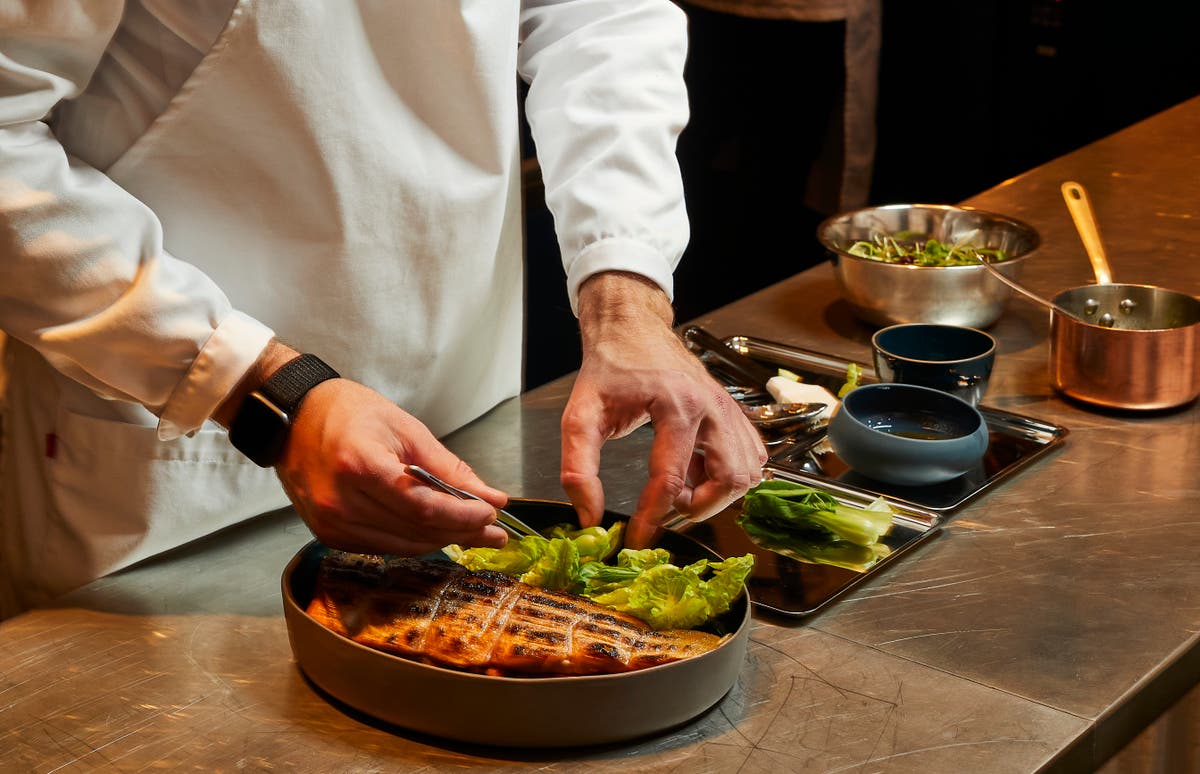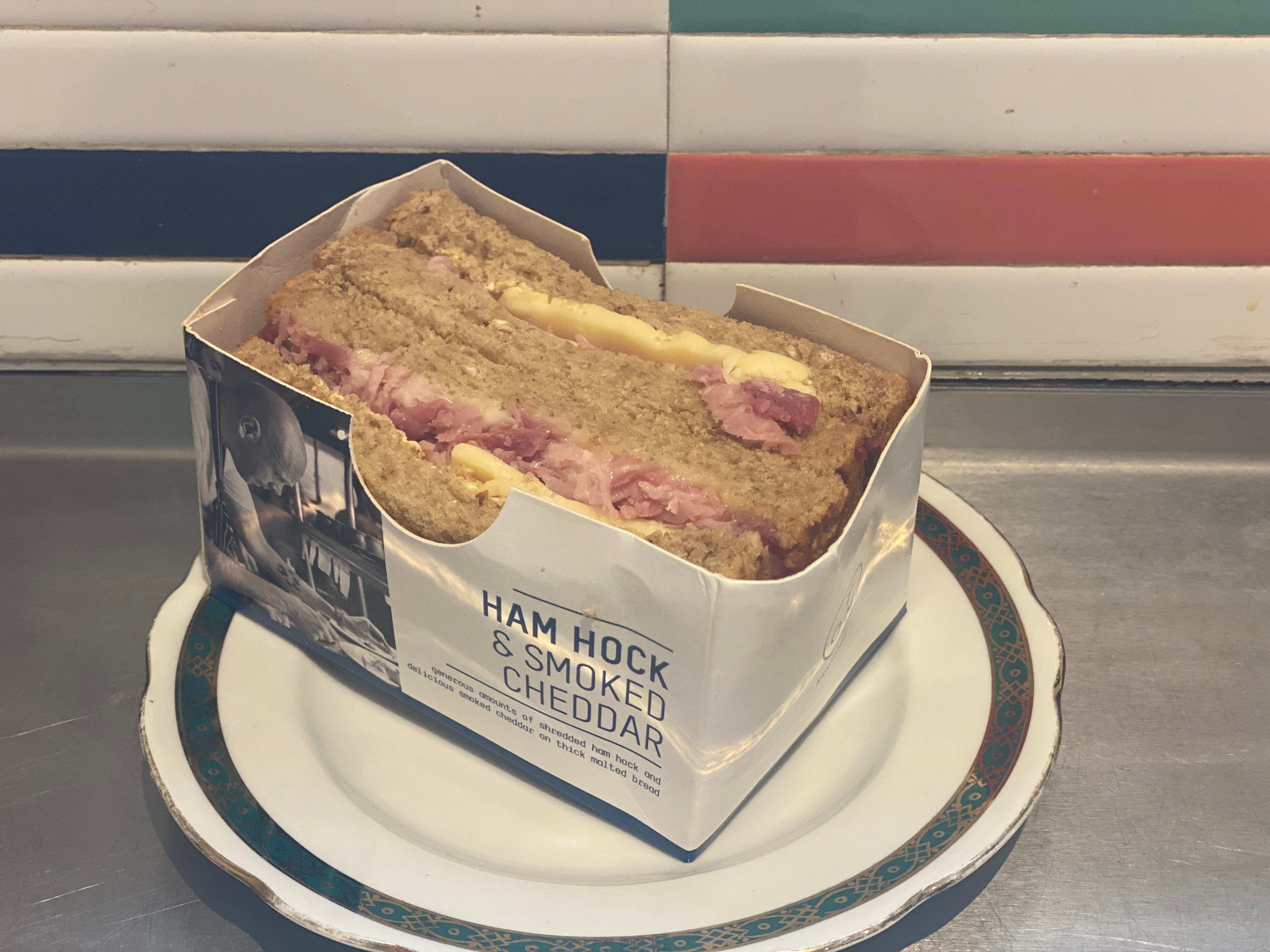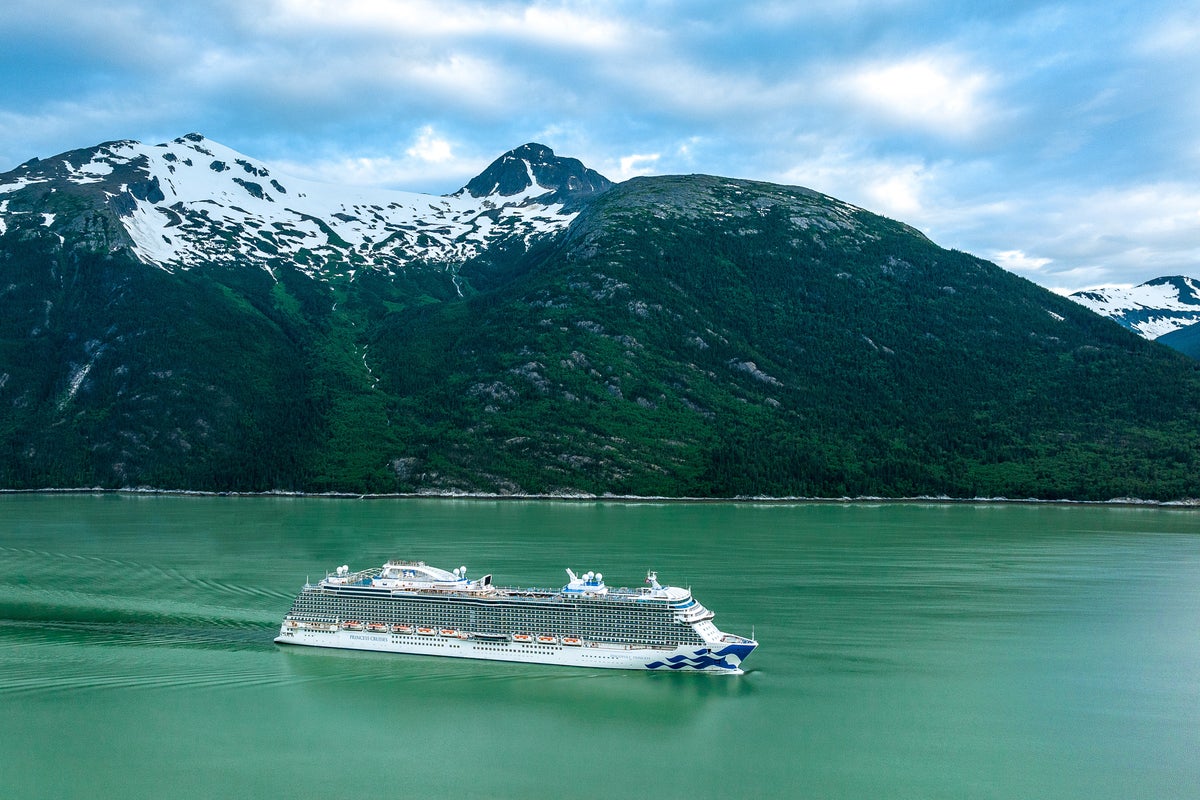Believe it or not, you can enjoy a foodie trip to Iceland – how Reykjavik became a culinary destination
If you thought Icelandic dining meant fermented shark and dried fish, think again – Kate Ng finds that cuisine in the capital is full of fresh flavours, interesting ingredients and the odd Michelin star

What comes to mind when you hear “Iceland”? Glaciers. Volcanoes. The Blue Lagoon. A craggy, rugged landscape lit up by Northern Lights, punctuated by waterfalls and steaming pools. The island’s natural beauty is renowned the world over.
But Nordic food, on the other hand, doesn’t have the best reputation. If you’ve watched any travel show that visits Iceland, you’re likely to have seen the host grimacing over hákarl, the national dish of fermented Greenland shark. So notorious is this delicacy that the late Anthony Bourdain declared it to be one of the most disgusting things he had ever tasted; more recently, Jessica Hynes described it as a “jelly cube of ammonia”, while Richard Ayoade spat his portion of hákarl out after a few chews in a 2016 episode of Travel Man.
Aside from the cured shark meat, other Icelandic dishes tourists tend to curl their toes at include svið, half a sheep’s head cross-sectioned, boiled and served with mashed potatoes; and harðfiskur, fish that is so dried out it appears almost mummified. Preservation is an important part of the country’s flavours, which means many traditional foods are smoked, salted, cured, dried, and fermented.
Modern-day Iceland, however, is very different. Located only a few degrees south of the Arctic Circle, the harsh climate previously meant that locals depended heavily on subsistence farming. Now, with imports, migration, tourism, and ever-improving agricultural technologies, the capital’s food scene is full of excitement, fresh flavours and techniques, and a burgeoning sense of pride.
The culinary talent in Reykjavik started seeing exponential growth some 20 years ago, which was around the time that accomplished chef Siggi Hall first launched the Food and Fun Festival. This week-long festival sees chefs from all over the world take over restaurants and create dishes that take inspiration from their own cultures and experiences through Icelandic produce.
Read more on foodie travel:
In the succeeding years, Iceland’s restaurant scene has exploded, particularly in the fine-dining arena. In 2017, the country gained its very first Michelin star in Dill, which has since been credited for paving the way for the rebranding of Icelandic cuisine. Since then, the country has collected three Michelin stars and has four more restaurants recommended in the Michelin Guide, including Tides restaurant, housed in the stylish five-star Reykjavik Edition Hotel.
When visiting Reykjavik during the festival, I was initially unsure what to expect. Would the emphasis be on more traditional elements of Icelandic food? Would hákarl make an appearance on any of the menus? Would I be offered something controversial like whale or puffin meat? You can find these highly contentious foods at a handful of restaurants in Reykjavik, such as Grillmarkaðurinn or 3 Frakkar.
But there was no hákarl, whale or puffin meat during the festival, with chefs keen to distance themselves from awkward conversations and difficult ingredients. Instead, they made use of the abundant lamb and fish available to Iceland, as well as lesser-known ingredients like Icelandic moss and crowberries. At Tides, which was taken over by Michelin-starred chef Osman Sezener, of Turkey’s celebrated OD Urla, I feasted on an open fire-cooked Arctic char with a south Turkish citrus sauce and an Aegean-style octopus with a perfectly crisp tentacle tip that gave way to a pleasant chewiness.
I also had the pleasure of dining at Brut, a powerhouse when it comes to award-winning seafood dishes. Headed by another former Dill chef, Ragnar Eiríksson, and sommelier Ólafur Örn Ólafsson, Brut’s relaxed atmosphere and open kitchen are inviting and friendly, with staff who are keen to have a little chat with customers. Contrasting textures and flavours ruled my night at Brut, with silky, buttery cod and delicate leeks juxtaposed with meaty, powerful monkfish served alongside fermented garlic and braised cabbage.
Dining in Reyjkjavik is a very laid-back affair, with people swanning in late for reservations and hardly anyone batting an eyelid. This was the case everywhere I went and singled me out as a tourist, as I was frequently one of just a handful of diners who turned up on time for their tables.
Following dinner, there is no shortage of excellent drinking spots peppered throughout the city. Röntgen Bar serves a mean Reykjavik Mule using the country’s signature alcohol, Brennivín; Vínstúkan Tíu Sopar is a basement wine bar with good vibes and excellent wine recommendations; and Kaffibarinn is nice and cosy with a great selection of beers.
Although Reykjavik is not an inexpensive city, it is possible to find cheap eats. You’ll spot the signature red-and-white hut of the Bæjarins Beztu Pylsur hotdog stands across the city, often with lines snaking out of them – you can score a hotdog and a soft drink for about £6. Reykjavik is also famed for its bakeries where you can grab sandwiches and pastries that are more wallet-friendly. The cinnamon rolls at Brauð & Co are legendary (and enormous). For vegan food, head to Mama Reykjavik, where you’ll find flavour-filled stews and wraps served in a cosy setting.
The city has undoubtedly found its feet as a food destination. My advice would be to make your reservations early – even if you don’t really have to turn up on time for them.
Best restaurants in Reykjavik
Tides
Tides prides itself on showcasing the best of Iceland’s produce. As part of the Reykjavik Edition, it’s the first introduction to Icelandic cuisine for many tourists – and what a fantastic introduction it is.
Brut
Seafood plays an important role in Nordic cuisine and Brut is one of the best places in Reykjavik to enjoy it. It’s won a number of awards for good reason – it’s a wonderful, elegant space to spend an afternoon or evening of feasting.
Sümac
This Michelin-recommended restaurant is bringing Mediterranean flavours to the Nordic island with style. It was recently featured in the latest series of Somebody Feed Phil, with host Phil Rosenthal singing its praises.
Bæjarins Beztu Pylsur
Get in line for the world-famous Icelandic hot dogs, which are unusual because they incorporate lamb meat in the sausage instead of the usual pork or beef. Order a “one with everything” to get all the toppings, including raw onions, crispy fried onions, apple-based ketchup, mustard and remoulade.
Bernhoftsbakari
Iceland’s oldest bakery is well worth a visit, especially if you’re curious about traditional baked goods like Icelandic cheesecake, which is made with skyr, and Hjónabandssæla, a rhubarb jam-filled cake known as “Marriage Cake”.
Mandi
Kebabs continue to make their mark around the world as a traveller’s favourite, and Mandi is no exception, especially with its budget-friendly prices. Grab freshly grilled mixed plates and wraps here, either to eat in or to go.
Kate was hosted by the Reykjavik Edition

 UsenB
UsenB 
































